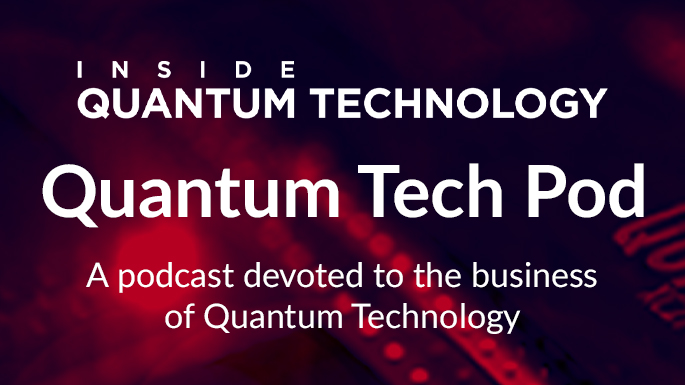Quantum News Briefs August 19: U.S. Air Force extends contract with SandboxAQ to further develop AQNav technology to address GPS jamming & spoofing • Sandia researchers achieve milestone on path to “quantum compass” for navigation • White House issues recommendations for US to advance international quantum cooperation • SAS defines hybrid reality for quantum computing
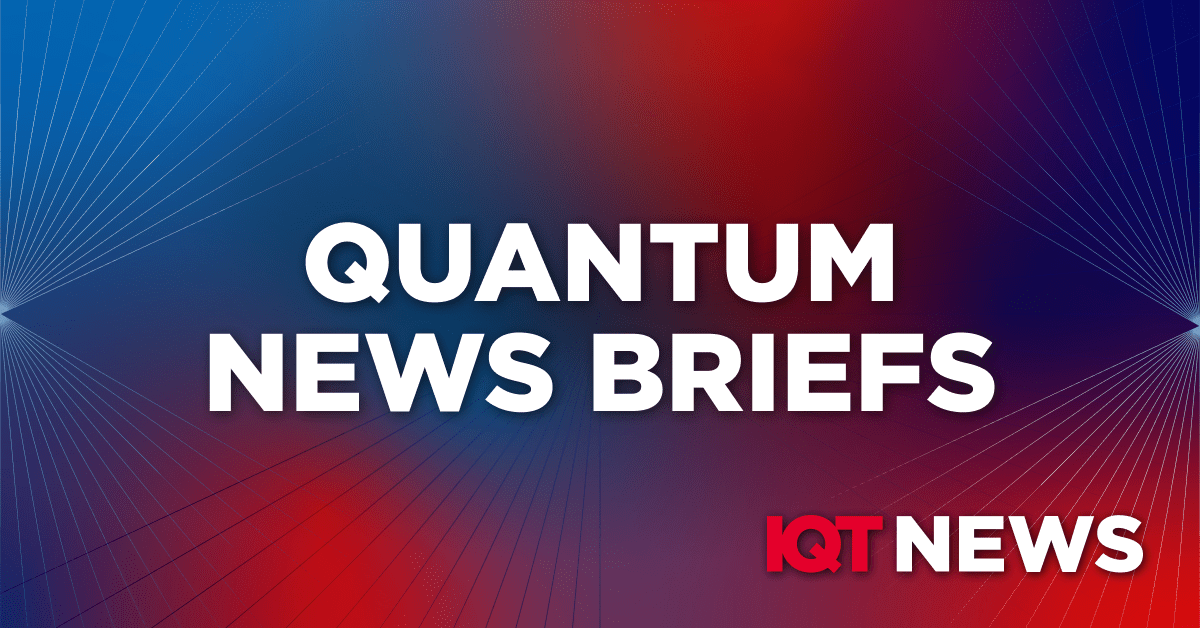
News Releases:
U.S. Air Force extends contract with SandboxAQ to further develop AQNav technology to address GPS jamming and spoofing
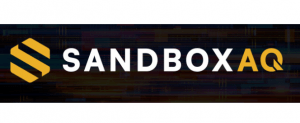 SandboxaQ announced August 16 it was awarded a SBIR Phase 2B Tactical Funding Increase (TACFI) by the U.S. Air Force (USAF) to further develop its dual-use AQNav magnetic navigation (MagNav) system. The funding increase will enable SandboxAQ and collaboration partner AFWERX to explore additional configurations of the core AQNav architecture, including a pod-based attachment, for deployment on a wider range of aircraft platforms, including unmanned aerial systems.
SandboxaQ announced August 16 it was awarded a SBIR Phase 2B Tactical Funding Increase (TACFI) by the U.S. Air Force (USAF) to further develop its dual-use AQNav magnetic navigation (MagNav) system. The funding increase will enable SandboxAQ and collaboration partner AFWERX to explore additional configurations of the core AQNav architecture, including a pod-based attachment, for deployment on a wider range of aircraft platforms, including unmanned aerial systems.
AQNav is a breakthrough navigation technology that leverages proprietary AI Large Quantitative Models (LQMs), powerful quantum sensors, and the Earth’s crustal magnetic field to provide an unjammable, un-spoofable, all-weather, day/night, terrain-agnostic, passive, real-time navigation solution for military and commercial applications, with zero reliance on Global Navigation Satellite Systems (GNSS). This is a key example of the application of quantitative AI – AI models that are trained on quantitative data and not language. SandboxAQ is a leader in Large Quantitative Models (LQMs), in this case to pull the signal from the background magnetic noise for navigation.
In Other News:
TechExplore News reports: Sandia researchers achieve milestone on path to “quantum compass” for navigation
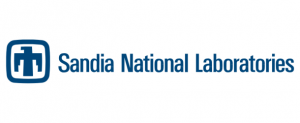 Researchers from Sandia National Laboratories have used silicon photonic microchip components to perform a quantum sensing technique called atom interferometry, an ultra-precise way of measuring acceleration according to TechExplore News. It is the latest milestone toward developing a kind of quantum compass for navigation when GPS signals are unavailable.
Researchers from Sandia National Laboratories have used silicon photonic microchip components to perform a quantum sensing technique called atom interferometry, an ultra-precise way of measuring acceleration according to TechExplore News. It is the latest milestone toward developing a kind of quantum compass for navigation when GPS signals are unavailable.
The research was supported by Sandia’s Laboratory Directed Research and Development program. It took place, in part, at the National Security Photonics Center, a collaborative research center developing integrated photonics solutions for complex problems in the national security sector.
“Accurate navigation becomes a challenge in real-world scenarios when GPS signals are unavailable,” explained Sandia scientist Jongmin Lee.
In a war zone, these challenges pose national security risks, as electronic warfare units can jam or spoof satellite signals to disrupt troop movements and operations.
Quantum sensing offers a solution.
“By harnessing the principles of quantum mechanics, these advanced sensors provide unparalleled accuracy in measuring acceleration and angular velocity, enabling precise navigation even in GPS-denied areas,” Lee said.
Meritalk: White House issues recommendations for US to advance international quantum cooperation
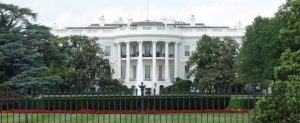 The White House’s National Science and Technology Council (NSTC) issued a new report last week that offers policy recommendations for the U.S. government in order to advance international cooperation in quantum information science and technology (QIST). Meritalk’s Grace Dill discussed the specifics in her August 13 article.
The White House’s National Science and Technology Council (NSTC) issued a new report last week that offers policy recommendations for the U.S. government in order to advance international cooperation in quantum information science and technology (QIST). Meritalk’s Grace Dill discussed the specifics in her August 13 article.
The report – from the NSTC Subcommittee on Quantum Information Science (SCQIS) – augments the 2018 National Strategic Overview for Quantum Information Science with additional policy recommendations related to international cooperation.
The report offers three key recommendations to bolster international cooperation in QIST.
The first recommendation is that the U.S. government should create dedicated and long-term mechanisms to fund international QIST collaboration and cooperation.
The second recommendation is that agencies should enhance interagency coordination of international cooperation practices to reinforce an integrated U.S. government-wide portfolio for international QIST engagement.
The second recommendation is that agencies should enhance interagency coordination of international cooperation practices to reinforce an integrated U.S. government-wide portfolio for international QIST engagement.
The report acknowledges that this will “require dedicated resources, time, and scientific expertise from across the agencies,” along with input from the SCQIS and the Subcommittee on Economic and Security Implications of Quantum Science.
Forbes explains: “SAS defines hybrid reality for quantum computing”
The main advancements Bill Wisotsky, lead quantum architect and quantum computing researcher at SAS. Wisotsky and team are seeing when speaking to customers includes work focused on fuelling the creation of a greater number of “good quality” qubits, which (in theory if not in practice) should get us to a point where we can tackle larger and more complex problems.
In terms of practical tangible developments SAS researchers are investigating four opportunities for quantum computing according to Adrian Bridgewater in his extensive discussion of SAS’ efforts related to quantum computing in August 14 Forbes.
- Drug discovery
- Financial modeling
- Chemical simulations
- Optimization
With these four cornerstones under development then, what is the future for of this technology in data and analytics, especially given new post-quantum cryptography standards guidance from NIST? To put the question another way, what are some possible pros and cons resulting from quantum’s introduction to modern enterprises?
“With every new technology, there are opportunities and risks,” advised SAS CTO Harris, speaking to press and analysts last week in London. “First, quantum presents many positive opportunities for businesses to solve challenging problems that were previously unsolvable. However, quantum computers have the potential to break many of the cryptographic systems we rely on today for secure communications and data protection. This reality has put it on national agendas with the recent announcement of NIST’s post-quantum cryptography standards.”

